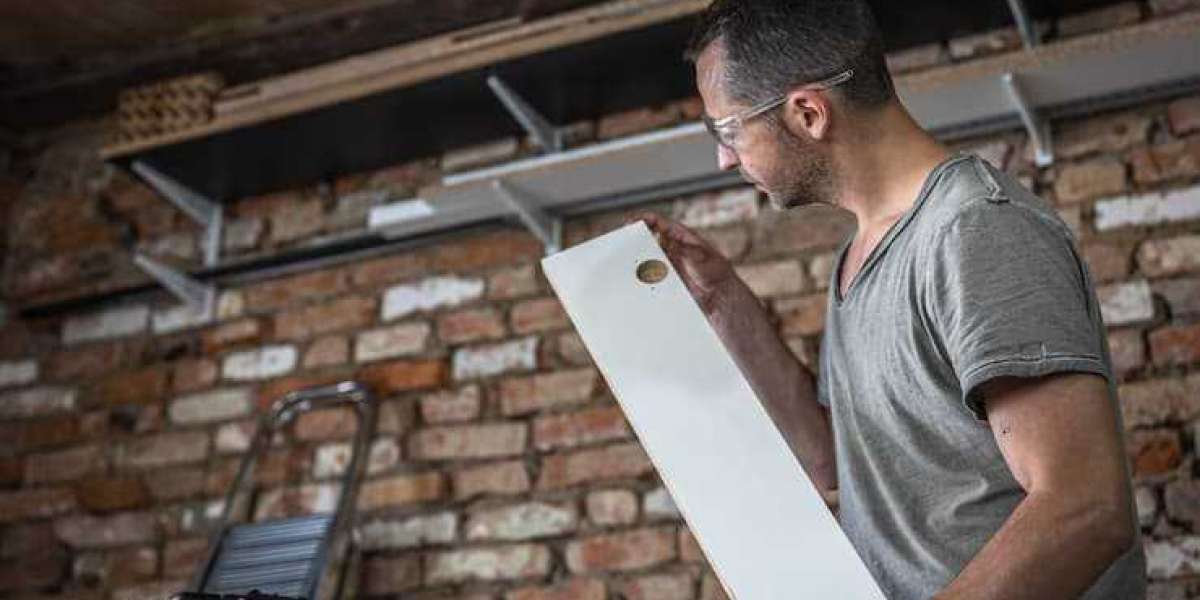Basements have long been undervalued spaces in many homes. Often relegated to storage areas or dark, uninviting corners, they possess the potential to be transformed into functional, stylish living areas. Custom basement renovations can significantly enhance a home's usability, increase property value, and provide a unique space tailored to the homeowner's needs. This guide will walk you through the essential steps for planning the perfect custom basement renovation.
Understanding the Potential of Your Basement
Before diving into the renovation, it is crucial to understand what your basement can become. The first step is to assess the space:
Evaluate Structure and Layout: Inspect the structural integrity of the basement. Look for any signs of moisture, cracks, or other issues that could affect renovations. Consider the layout and how it can be optimized for usage.
Define Your Needs: Think about how you want to use the space. Common uses include:
- Entertainment Areas: Home theaters, game rooms, or bars.
- Living Spaces: Guest rooms or in-law suites.
- Home Offices: Quiet, dedicated workspaces away from the main living areas.
- Hobbies: Craft rooms, workshops, or exercise studios.
Consider Accessibility: Ensure that your basement is accessible. This might involve installing a staircase that meets building codes or adding larger windows for natural light and ventilation.
Planning Your Renovation
Once you have a clear vision for the space, it’s time to start planning. A well-thought-out plan will help guide the renovation process.
Setting a Budget
Establishing a budget is a critical part of the planning phase. Custom basement renovations can vary widely in cost depending on the scope of the project. Here are some considerations:
- Materials: Decide on the level of finishes you desire. High-end materials will increase costs but can enhance the overall aesthetic and durability.
- Labor: Factor in the costs of hiring professionals versus doing some work yourself. While DIY can save money, it’s important to recognize your skill level and when to call in experts.
- Contingency Fund: Always allocate an additional 10-20% of your budget for unexpected expenses that may arise during the renovation.
Designing the Space
The design phase is where your vision comes to life. Here are some key aspects to consider:
- Layout: Create a functional layout that maximizes space. Open layouts can make small areas feel larger, while defined spaces can help with organization.
- Lighting: Basements often lack natural light. Consider adding larger windows, light wells, or installing recessed lighting to brighten the space.
- Color Schemes: Choose colors that enhance the feeling of openness and light. Light colors can make a basement feel more inviting, while darker shades can create a cozy atmosphere.
- Storage Solutions: Incorporate built-in storage to keep the area organized and clutter-free.
Obtaining Necessary Permits
Before starting any construction, it’s essential to check local building codes and regulations. Many areas require permits for basement renovations, especially if you’re making structural changes or adding plumbing and electrical systems. Failing to obtain the necessary permits can lead to fines and complications down the road.
Executing the Renovation
With a solid plan in place, it’s time to execute the renovation. Depending on the complexity of the project, this may involve several phases.
Demolition and Preparation
Begin by clearing out the existing space. This includes removing any unwanted items and potentially tearing down old walls or fixtures. Prepare the area for construction by ensuring the foundation is dry and free from mold.
Framing and Construction
The next step is framing the new walls and any necessary structures. This includes:
- Walls: Install framing for new walls, ensuring that they meet local codes.
- Electrical and Plumbing: If your renovation includes adding electrical outlets or plumbing, this is the time to do it. Hire licensed professionals to ensure everything is up to code.
- Insulation: Proper insulation is crucial in a basement to maintain temperature and prevent moisture issues.
Finishing Touches
Once the main construction is complete, it’s time to focus on the finishing touches:
- Flooring: Choose durable, moisture-resistant flooring options suited for basements, such as vinyl, laminate, or tile.
- Wall Treatments: Consider drywall or paneling, and add paint or wallpaper to enhance the aesthetic.
- Furnishing: Select furniture that fits the space and purpose of the basement. Ensure that it is comfortable and matches the overall design theme.
Finalizing Your Renovation
After completing the major renovations, it’s time to add the final touches that make the space feel like home.
Decorating
Decorate the space to reflect your personal style. This can include:
- Artwork and Accents: Hang artwork or add decorative elements that resonate with you.
- Textiles: Incorporate rugs, curtains, and cushions to add warmth and comfort.
- Plants: Indoor plants can help to bring life and freshness to the space.
Final Inspection
Once everything is in place, perform a final inspection to ensure everything is functioning correctly and meets your expectations. Check for any issues with lighting, plumbing, or structural elements, and address them promptly.
Conclusion
Custom basement renovations can transform an underutilized space into a vibrant, functional area tailored to your unique needs. By carefully planning and executing each step of the renovation process, homeowners can create a basement that not only enhances their living space but also adds value to their property.
For those looking to embark on this journey, professional help can make a significant difference. DG Construction is here to provide expert guidance and craftsmanship for your custom basement renovations. Contact us today to start planning your dream basement!







